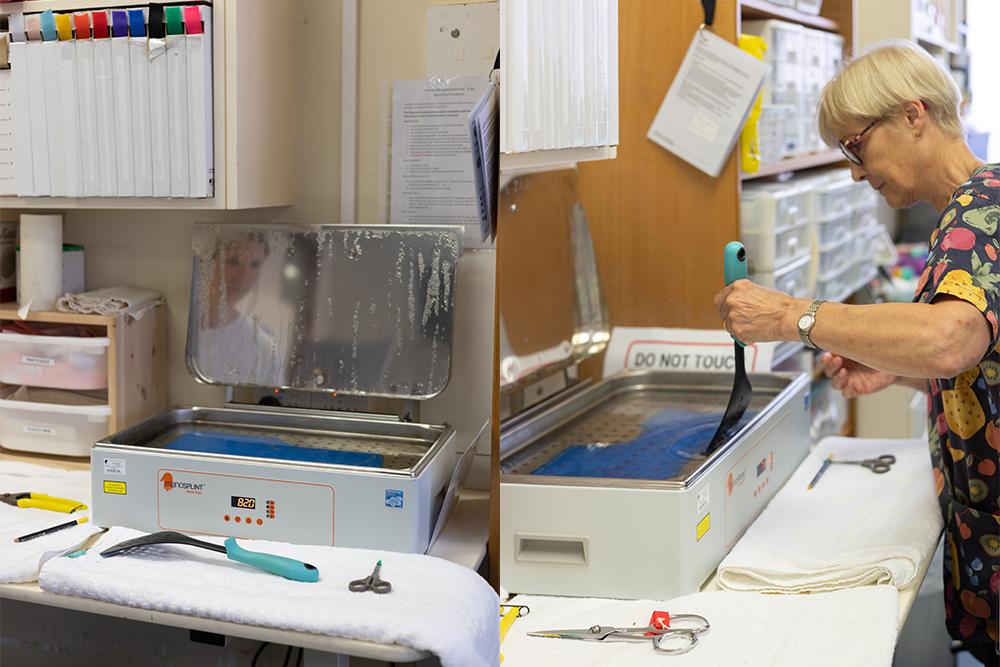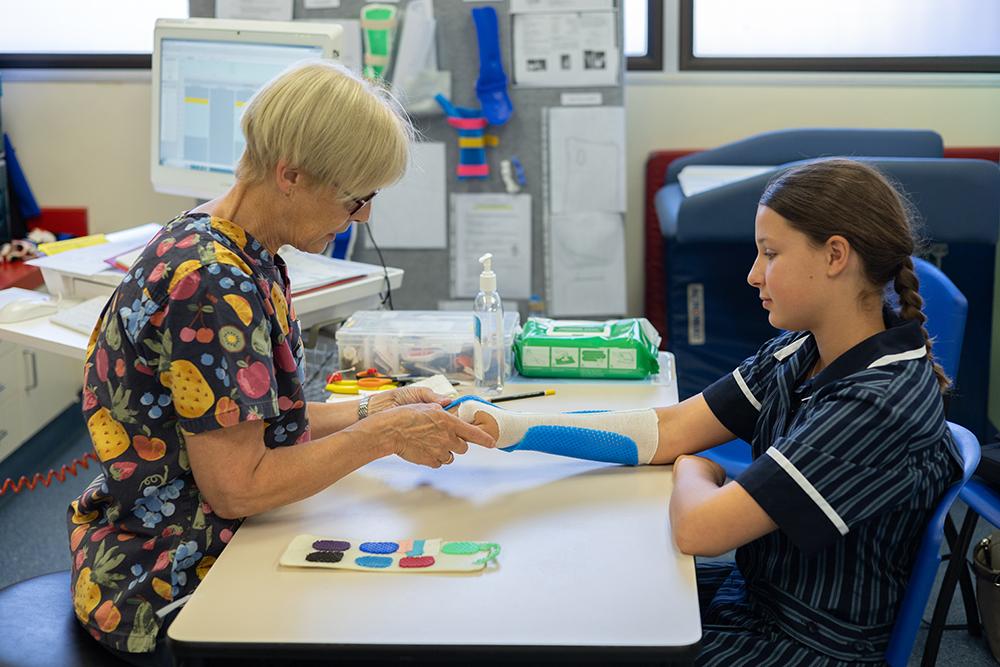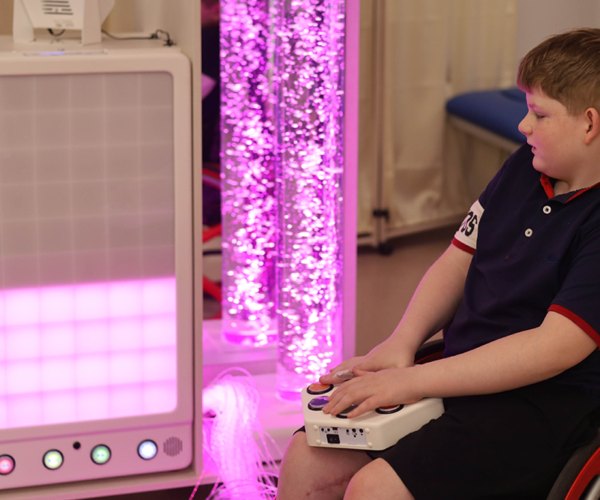The Allied Health Hand Therapy clinics at the Women’s and Children’s Hospital provide a comprehensive service to paediatric patients of all ages. Over 150 patients can be seen by this team a month.
A common practice during these clinics is fitting a splint for patients, and we have purchased some new equipment to assist with this.
Occupational Therapy Manager, Sue Van De Loo, explains, “Children come in varying sizes and shapes, and it is very rare for them to fit standard off-the-shelf hand splints to support and protect their hands and fingers with fractures, tendon repairs and/or complex hand surgery.”
“Paediatric patients require custom-made hand splints, made by expert paediatric hand therapists. The hand splints are tailor-made to each individual and specifically positioned to maximise recovery and hand function.”
“The thermoplastic product used to make the splints can be heated in a heat pan and molded to each individual child, giving them a lightweight removable splint to protect their congenital hand anomaly, injury or hand surgery.”
“The alternative is a cumbersome and often heavy plaster or back slab that may not meet the correct finger or hand positioning requirements requested by their doctor or surgeon.”

Warming up the material in the new splint pan.
One of the two heat pans used on a daily basis to make these splints suddenly ceased working, and was unable to be repaired, leaving the team with only one functioning pan.
Having the use of only one dedicated splint pan in the busy clinics would be a safety risk, with multiple therapists trying to access it at the same time.
The team were concerned that the remaining pan could cease working as well, meaning that they would have to reduce their clinical services.
To fix this, we funded the purchase of two new splint pans for the hand therapy clinic.

Senior Hand Therapist, Vanessa Timbrell, fitting the splint to patient Sophia’s arm.
Providing these new heat pans in a timely manner has meant that patients have had shorter wait times and that the team have experienced improved patient flow.
The new pan models also have many extra benefits. They’re larger, enabling larger splints for teenagers to be made more efficiently, have improved infection control and have improved safety features, including a hinged lid and auto shut, which reduces the risk of scalds as well as the fire risk.




